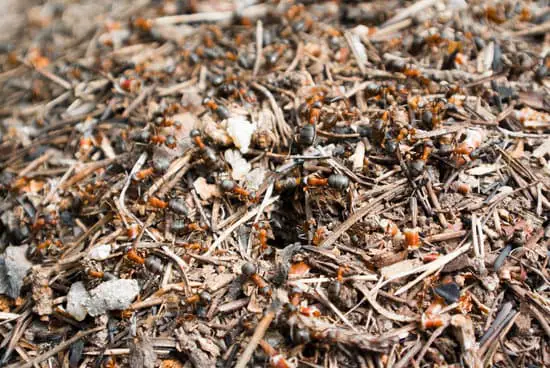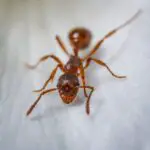How Do Ants Walk Upside Down?
Whether ants walk upside down or not depends on the type of surface they’re climbing. Ants can walk on most surfaces, including metal, glass, and plastic. They can also climb walls, ceilings, and stairs. They can even build a nest on the roof or attic of a house.
They climb because of their claws and sticky “pretarsal adhesive pads” on their feet. These adhesive pads provide a grip on walls and ceilings, and help ants climb vertically.
They also have hairs on their feet that help them walk and climb. These hairs provide friction and allow ants to communicate with one another. They also help the ants to sense temperature and sound.
Unlike humans, they cannot walk on polished glass. They also cannot climb on surfaces that are too hot or cold. However, they can walk on ceilings, a surface that would be deadly for humans.
Some ants use a system called the “arolium” to climb. This system is a flexible pad that stretches between ants’ claws. When ants climb vertically, the arolium expands and extends. This action is controlled by the claw-flexor muscle. It is then retracted, and the claws interlock with the protrusion.
They also have little “pretarsal adhesive pads” that fill the gap between their feet and a surface. These pads act as a “suction cup” to hold the ants to the surface. When ants start to slip, the fine hairs on their feet activate. This allows them to stop slipping.








